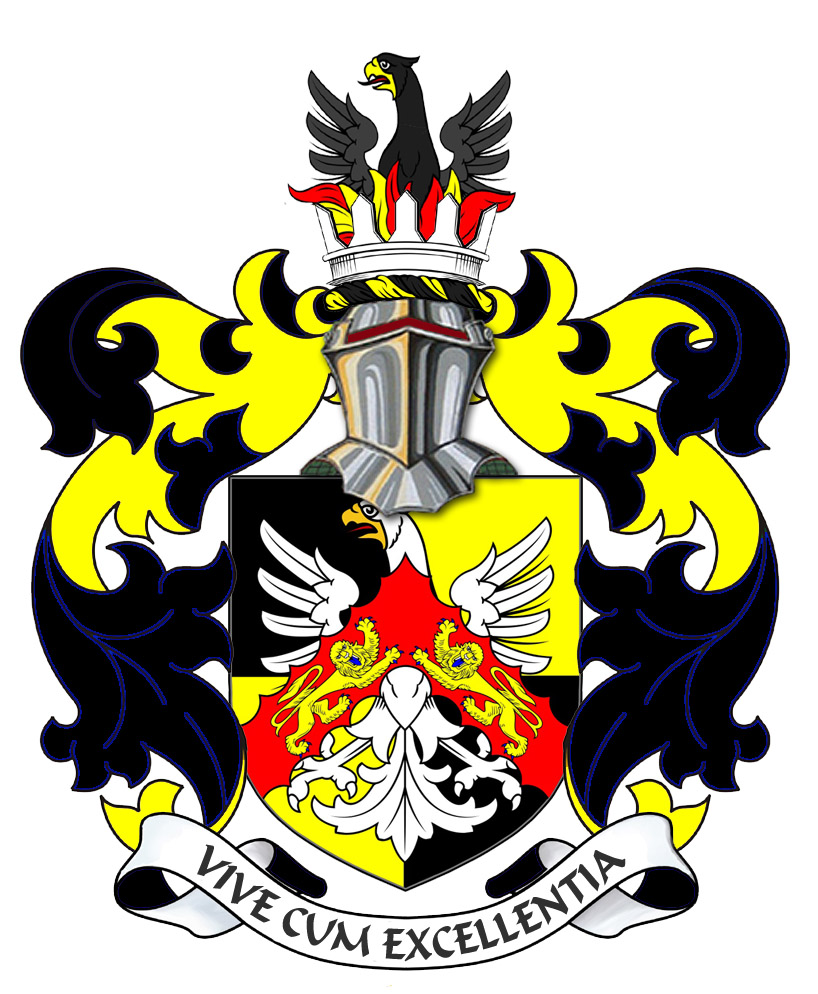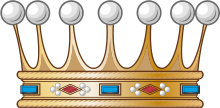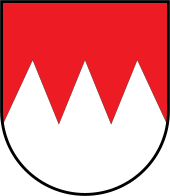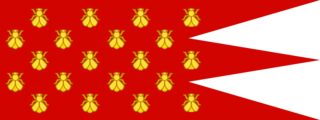


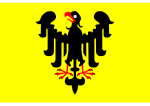
Fief Blondel InsigniaThe Insignia of the Fief Blondel should be used with the utmost respect.
The Arms herein belong to the present Seigneur. There are 2 Blondel Fiefs, One owned by the Crown and the other Private. ANCIENT ARMS of THE SEIGNEUR OF FIEF BLONDEL - The armiger holds The Seigneury of Thomas Blondel; a feudal Normal title of Guernsey dating back to XI century.
The Bailiwick of Guernsey The Bailiwick of Guernsey is a dependency of the British crown in the Channel off the French coast. In addition to the island of Guernsey itself, it also includes Alderney, Sark, Herm, Jethu, Brecqhou, Burhou and other small islands. With Jersey, they form the archipelago known as the Norman Channel Islands. Guernsey translates as "Guernsey" in English. Guernsey has an area of 62 km². The landscapes are contrasted. Bordered by cliffs on the south coast (altitude 100 m) the island gradually decreases as one approaches the north coast. The spectacular, rugged landscapes of the south coast give way to the meadows and rolling hills of the interior, while to the north, the low, sandy coast is indented with well-sheltered bays. Its capital, Saint Peter Port, is one of the liveliest and most picturesque cities of the archipelago. It is in this city that Victor Hugo lived in exile from October 31, 1855 to August 15, 1870. He will return there three times , in 1872 where there is one year, one week in April 1875, and almost four months in 1878. SUPPLEMENTAL ARMS The coat of arms of Fiefs and Island of Guernsey is composed of the coat of arms of England and that of Normandy. This blazon, unlike the others, incorporates a small branch at the top. It is composed of a field Gules, in which appear three lions (or leopard in heraldry) of gold and armed with azure. Above is a small branch of gold. The weapons are those of the Kingdom of England. They are identical to those used by Jersey (with the exception of the small gold branch on Guernsey's weapons). Although used since 1290, the use of royal arms by the Channel Islands was accepted in 1907, but never officially granted FLAG The flag of Guernsey , a dependency of the British Crown, was adopted on May 9, 1985, on the occasion of the 40th anniversary of the liberation of the island. Originally, the Guernsey flag was simply the cross of St. George. This pavilion is mentioned from 1936. However, there was a confusion between this and that of England. To put an end to this, a committee was formed under the chairmanship of Sir Graham Dorey, deputy bailiff of the time, who then proposed to continue to use the St. George's Cross, adding the gold-toned cross on the banner of William the Conqueror. The civilian merchant flag is composed of the Red Ensign with the gold cross on the side. Companies that are registered and headquartered on the island may fly the Guernsey flag on their vessels when operating in waters adjacent to the Channel Islands. Transactions of La Société Guernesiaise - Volume 10 - Page 340
books.google.com › books
Société guernesiaise - 1931 - Snippet view
FOUND INSIDE - PAGE 340
Privy seals of quasi-heraldic importance were used by JEAN DE LA LANDE, Bailiff, 1340-57, (a dog or
wolf) ; THOMAS DE LA COURT, 1440, (a bear's
head); THOMAS BLONDEL, 1471, (an
eagle): and GUILLAUME LE MARCHANT, 1492,The Ancient Blondel Arms Reference: http://www.armorial-register.com
| |||||
Kingdom of West Francia Lord Paramount Feudal Barons The Seigneur Charter of Liberties Viking Kingdom Extended Continental Shelf Fief Worship Fiefs of the Islands Fief de l'Eperon Order of the Iron Crown Blondel Privy Seal Fief DuQuemin Bouvée Phlipot Pain Bouvée Torquetil Bouvée Bourgeon Channel Island History Feif Court Styles and Dignities Fief Blondel Islands Court of Chief Pleas Seigneurs and Dames Travel Research Order of the Genet Order of the Genet Order of the Star Est. 1022 Order of the White Falcon Territorial Waters Order of Celestines Knights of theThistle of Bourbon A Funny Think Happened On the Way to the Fief Arms Motto Flower Chancellor Hereditements Guernsey Bailiwick of Guernsey - Crown Dependency Papal Bull Norse Normandy Fief Rights Blondel and King Richard Press Carnival Store Portelet Beach Roquaine Bay Neustrasia Columbier Dovecote Fief Blondel Merchandise Fief Blondel Beaches Islands Foreshore Events Fiefs For Sale Sold Fief Coin Viscounts de Contentin Fief Blondel Map Feudal Guernsey Titles The Feudal System Flag & Arms Fief Videos Guernsey Castle Advowson Site Map Disclaimer Livres de perchage Lord Baron Longford Dictionary
Feudal Lord of the Fief Blondel of the Nordic Channel Islands Guernsey Est.
1179
Feudalherr - Fief Blondel von der Nordischen Insel Guernsey Est. 1179
New York Gazette - Magazine of Wall Street -
George Mentz -
George Mentz - Aspen Commission
Counselor George Mentz Esq. - Seigneur Feif BlondelBaron Annaly Baron Moyashel Grants to Delvin About Longford Styles and Dignities The Seigneur Court Barons Fiefs of the Islands Longford Map The Island Lords Market & Fair Fief Worship Channel Island History Fief Blondel Lord Baron Longford Fief Rights Fief Blondel Merchandise Events Blondel and King Richard Fief Coin Feudal Guernsey Titles The Feudal System Flag & Arms Castle Site Map Disclaimer Blondel Myth DictionaryKingdom West Francia Kingdom of the FranksMentz Scholarship Program 101 Million Donation - Order of the Genet Knighthood |
